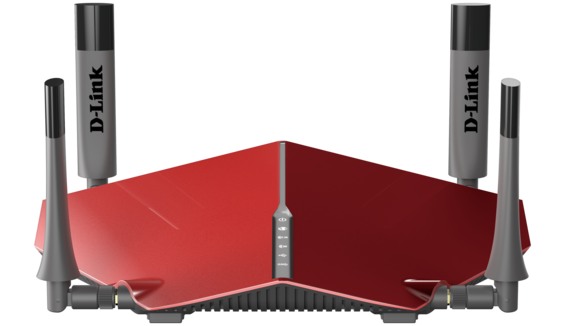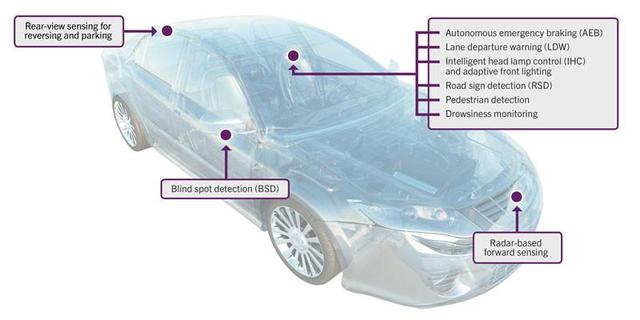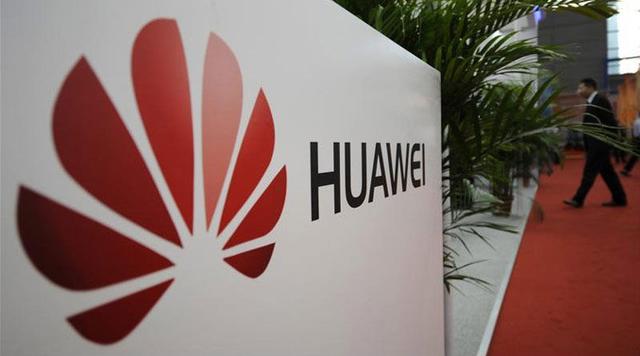Today's core language
According to sources, the Ziguang Group will strive to acquire shares in Micron and Intel's two major manufacturers with key memory technologies. The cooperation case has entered a phase of intensive cooperation. On this occasion, Taiwanese companies once again played a key role. Micron will integrate its manufacturing resources in Huaya Branch and Ruijing plant in the near future to prepare for cooperation with Ziguang. For more information, please pay attention to the daily electronic core morning newspaper.

First, the semiconductor
1. Taiwanese media: Ziguang next step, shares in Micron and Intel. According to sources, the Ziguang Group will strive to acquire shares in Micron and Intel's two major manufacturers with key memory technologies. The cooperation case has entered a phase of intensive cooperation. On this occasion, Taiwanese companies once again played a key role. Micron will integrate its manufacturing resources in Huaya Branch and Ruijing plant in the near future to prepare for cooperation with Ziguang. The industry interprets that Ziguang's series of actions have three major meanings. First, the Ziguang Group combines the US, Chinese and Taiwanese companies to construct a vertical map of the memory industry, and strives to anticipate the layout of the two Korean factories of Samsung and SK Hynix. Secondly, the previous market worried that Meiguang will move closer to Ziguang, which may be detrimental to Huaya Ke and other Taiwanese factories. Third, Ziguang integrates the semiconductor resources of the United States, China and Taiwan, and is similar to Gao Qiquan, the former chairman of Huaya Branch, who is the global executive vice president of Ziguang Group.
2. The tide of semiconductor mergers and acquisitions continued, detonating the tide of layoffs in the technology industry. In the past year, the semiconductor industry has been rolling up a wave of consolidation. Now, as the timing comes to an end, this strong M&A trend has not only been a little late, but more serious is the upcoming employment and chip prices. Bring a major impact. Industry experts expect more mergers and acquisitions in the future, ranging from storage and storage to networking, processors and analogies. However, as the biggest M&A deal of this year is about to be finalized, it is not easy to predict which companies will be involved in M&A. Similarly, the impact on the scale and price of layoffs is now unclear.

Second, intelligent hardware
1. Swatch hoards a large number of smart watch patents and will launch new products. Although the Swiss watch giant Swatch has launched its first smart watch, it seems that the overall performance is somewhat disappointing. This smart watch called Bellamy is actually an ordinary watch with an added NFC payment function. Highlights. However, Swatch seems to have plans for his future smart watch program. According to the latest news from Bloomberg, Swatch has already begun to reserve a large number of patents on smart watches to lay the foundation for future smart watch products. Specifically, Swatch's new patents are concentrated on the circuit boards and hardware of watches. A variety of sensors and new battery technologies. The Swiss watch giant has accumulated more than 173 patents, but the current plan is still unclear.
2, D-Link released a new local-class router, speed burst table. According to the PCWorld website, D-Link finally released the last product of the Ultra series router, DIR-885L/R, announced at the International Consumer Electronics Show last year. It has a maximum data transfer rate of 2167 Mbps on the 5 GHz band and a maximum data transfer rate of 1000 Mbps on the 2.4 GHz band. Like most high-end 802.11ac routers today, the DIR-885L/R supports beamforming. Beamforming technology allows the router to focus on transmitting signals in the direction of the client device instead of transmitting signals in all directions. If the client device also supports beamforming technology, the two devices can exchange information about their respective locations to optimize the signal path they use for communication.

Third, automotive electronics
1. BlackBerry QNX develops driverless technology and will be safer in the future. According to the CrackBerry website, from the outside, the QNX business of BlackBerry seems to be calm, but the actual situation is just the opposite. QNX has been busy organizing, attending various conferences and developing innovative technologies such as QNX OS for Safety to prepare for the 2016 International Consumer Electronics Show. CrackBerry said it has entered into a technical cooperation agreement with driverless intelligent software developer AdasWorks to develop advanced driver assistance systems and driverless car technology. The two companies will migrate several of AdasWorks' features—including lane recognition, moving object recognition and object classification—to the QNX OS platform and develop software for smart, multi-camera systems for driverless cars.
2. Google negotiated with the British government to promote driverless cars in London. Google sees the UK as a key market for driverless cars, and they will also describe the UK as a leader in driverless car lawmaking. The UK government has pledged to invest millions of dollars in research on driverless cars, while also agreeing to adjust laws and regulations to encourage new technologies to take root in the UK.

BlackBerry QNX develops driverless technology
Fourth, the Internet of Things
1. Strive to be the mainstay of the Internet of Things: Huawei launched the Hi-Link standard. On December 13, according to India's portal website IndianExpress, in the second quarter of the glory celebration, Huawei announced that it will launch its own Hi-Link Internet of Things standard, and cooperate with Haier and Broadlink to jointly develop smart home. In addition, Huawei will also open source its new Lite OS SDK. The move shows that Huawei wants to return to the old line that it is good at. In the past, they built a base station to connect everyone, and now they are starting to connect things to things. In order to catch up with the booming Internet of Things, Huawei launched its own Hi-Link standard. Zhao Ming, president of Huawei's glory brand, said that due to insufficient market capacity, most manufacturers have given up their own complete ecology, and the products they sell are too scattered to become a system. This is one of the reasons for the emergence of Huawei Hi-Link standard. Hi-Link will become the “big manager†of all kinds of devices, connecting them seamlessly.

Wireless Power Bank,Fast Charge Power Bank,Usb Battery Pack,10000mah Power Bank
Pogo Technology International Ltd , https://www.pogomedical.com